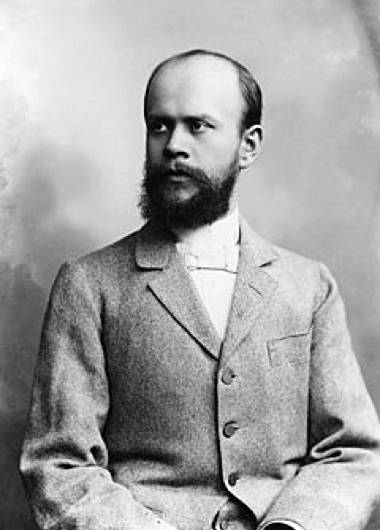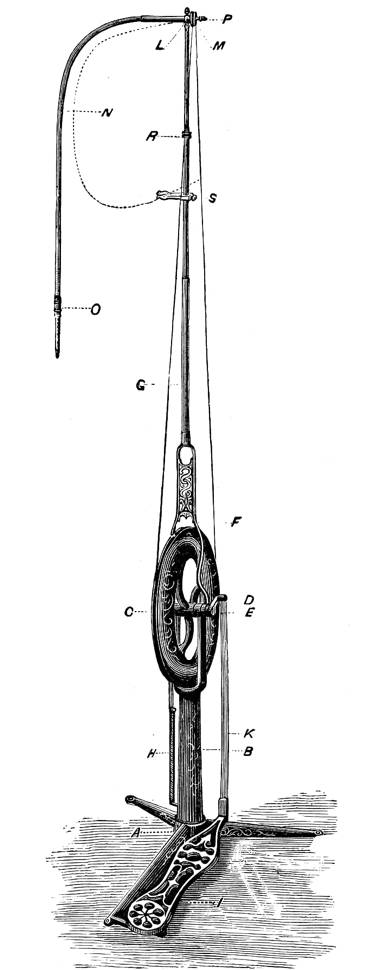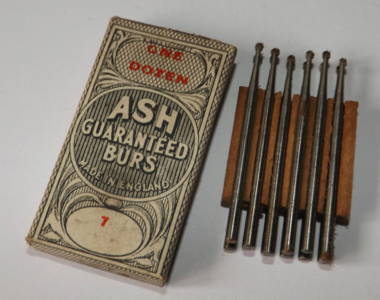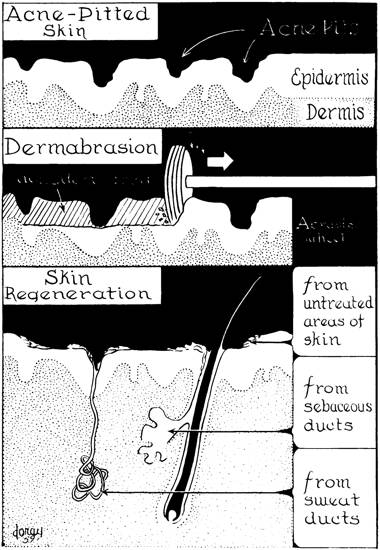The Drilling Machine
Given the role of exfoliation in current beauty treatments it might come as a bit of a surprise to learn that the term only entered the beauty industry lexicon in the twentieth century – probably in the 1940s – and that the word ‘exfoliant’ only came into being in the 1980s. However, although the word ‘exfoliation’ was not used, the cosmetic practice of removing surface skin cells – using chemicals like sour milk or abrasives like pumice stone – dates back to prehistoric times.
At the beginning of the twentieth century more extreme measures for removing surface skin layers for cosmetic reasons were available in some parts of the world. On the beauty side there were the ‘Face Skinners’ who carried out chemical peels, while on the medical side there appeared the first forms of what we would now refer to as dermabrasion.
See also: Face Skinning
Dermabrasion
The father of dermabrasion is generally considered to be the man who also invented multiple-needle electrolysis, the German dermatologist, Ernst Kromayer. In 1905, he published a report describing the use of motor-driven, circular knives to gradually remove layers of the skin, and later introduced the improved practice of using rotating burrs powered by a dental drill. One of Kromayer’s aims was to reduce scarring and, through his experiments, he concluded that the secret to scarless healing was to leave the deeper, reticular layer of the dermis untouched.
See also: Electrolysis
The practice introduced by Kromayer was picked up by the Hungarian physician Charles Lázár, and an English version of his book detailing his use of a dental drilling machine was published in 1937. The book was reviewed by the British Medical Journal under the title ‘The cosmetic art’ and noted that it seemed to be aimed at cosmeticians rather than the medical profession.
For those who are interested in the cosmetic side of dermatology this manual by Dr. C. Lazar will be found quite useful. The author appears to have designed work not primarily for the medical profession, but for that class of persons, which grows more numerous every year, known as “cosmeticians.” He does not content himself with the discussion of creams, face massage, scalp treatment, and the various manipulations to which the beauty parlours of this country usually restrict themselves, but he also gives directions for carrying out numerous procedures of a surgical nature which we like to consider are the prerogative of the medical profession alone. Among other matters Dr. Lazar gives directions for the removal of benign tumours, and he instructs his clientele in the use of surgical diathermy, carbon dioxide snow, the galvano-cautery, and the dental drilling machine.
(The cosmetic art, 1938, p. 20)
Needless to say, the author of the review was uncomfortable about this, although his tone was questioning rather than strident.
He gives very full and explicit directions for carrying out the various little cosmetic operations which he describes, and there is no doubt that many medical men who practise minor surgery will find useful hints for improving their technique and extending their sphere of usefulness if they peruse the manual. Whether, on the other hand, it is safe to put it in the hands of the cosmeticians for whom it is primarily intended, and who have only very sketchy knowledge of the principles of surgery and the pathological possibilities of the human integument, is another matter.
(The cosmetic art, 1938, p. 20)
Machinery
Although dental machines in the 1930s were electrically operated, Lázár recommended the use of an older foot-driven drilling machine rather than those driven by electric motors.
[T]he old-fashioned drilling machine driven by foot is the most convenient because the power of the motor-driven drill is too strong, even if rotated slowly (slow rotation is bad for the motor), and for drilling the skin considerably less power is necessary than for drilling a tooth. When drilling is carried out with the motor-driven machine, the assistant must support the flexible arm during the operation to lessen the vibration and so finer work can be done.
(Lázár, 1937, pp. 166-167)
Burrs of various shapes and sizes could be used depending on the task at hand. Lázár suggested that freckles, acne, milia and pigmented nævi could all be treated.
For the removal of small tumours we use the spherical burrs. The drill rotates in the direction of the blades. The drill should be smaller than the tumour itself. The layers of the tumour are ground off one by one. Freckles can be filed away in a similar way. To remove a somewhat larger tumour we may apply a trepan burr, i.e., a hollow cylindrical drill. This must be somewhat larger than the tumour; the tumor is drilled around and the bottom of the cylinder cut off with a pair of scissors. For opening closed comedones and acne lesions, pointed drills are used.
(Lázár, 1937, p. 167)
As the drilling was carried out rather slowly, Lázár thought that most treatments would be painless if the lesion was not too deep. If an anæsthetic was required then Lázár recommended the use of pantocaine-suprarenin solution or freezing the skin with an ethyl chloride spray.
Technique
Lázár noted that removing freckles and pigmented nævi was a relatively easy task and gave detailed instructions on how it could be done.
Filing freckles and flat pigmented nævi with the spherical burr is an especially easy task, because while drilling we see the pigment. One can even say that it jumps out before our very eyes, and by the disappearance of the black colour and the appearance of the red we can clearly see when they are completely extirpated. … If we cannot see quite distinctly we clear away the filed-off fragments with an alcoholic cotton swab, but we must not touch the wound with our fingers of course. We must take care that the cotton swab does not touch the drill or else the rotating burr winds the cotton swab around itself, and we have to stop the machine and change the drill. The alcohol swabbing must not be done too often because the alcohol causes a smarting, burning sensation. It is interesting that the drilled freckles, though no visible scars develop in their place, seldom reappear, whereas the freckles which have been bleached with some depigmenting chemical, or peeled off, generally reappear after renewed exposure to sunlight. In order to prevent a recurrence it is serviceable to apply a cotton swab soaked in 3 per cent. solution of hydrogen peroxide to the wound after drilling pigmented nævi or freckles. The solution may be allowed to act for a few minutes. This procedure will destroy any slight pigment which may have been left.
(Lázár, 1937, pp. 168-169)
Adoption
Given the relative simplicity of the drilling machine it is interesting to speculate why the procedure was not taken up by the beauty profession; after all, they had previously co-opted medical practices like electrolysis and diathermy. One of the reasons for this may be that dermabrasion – unlike diathery or electrolysis – was not popular with the medical profession itself until the 1950s.
In the United States abrasion became popular after Iverson (1947) had introduced the sandpaper technique; later Kurtin (1953) revived and popularized the Kromayer technique of using rotating machinery to produce what Kurtin described as “Corrective Surgical Planing of the Skin”. In England, on the other hand, dermabrasion has lagged behind and tends to be treated with suspicion.
(Pegum, 1957, p. 19)
These new abrasive techniques appear to be used more invasively than the drilling machine, as this description of the report made by Dr. Abner Kurtin [1911-1955] to the Society of Domestic Chemists in 1952 indicates:
The procedure consists of first chilling the skin involved by applying a chemical ice pack for 20 minutes. The skin is then cleansed with alcohol. Ethyl chloride, an anesthetic, is sprayed on the area to be abraded, and a current of air directed on the site by means of a mounted blower.
Freezing occurs within a few seconds, making the skin insensitive, bloodless and rigid. Three square inches are frozen at one time and treated individually, as experience has shown that an area this size can be treated adequately before thawing begins, Dr. Kurtin stated.
Planing of the skin is accomplished by means of a small brush made of stainless steel wire, each strand of which is slightly curved. The brush is attached through a flexible hand piece and shaft to a mounted motor. The motor rotates 12,000 time a minute and is operated by a foot switch permitting variable speed controlos.
Following abrasion, a piece of dry gauze is applied to the area. Dressings are changed daily, and complete healing usually occurs within a week. When more than one treatment is necessary, the procedure can be repeated in four weeks, Dr. Kurtin stated.(AP&EOR, 1953, p. 428)
Microdermabrasion
This beauty industry got more interested in dermabrasion when the milder microdermabrasion machines arrived after 1985. The first microdermabrasion machine – using small aluminium oxide crystals – was developed in Italy by the doctors Mattioli and Brutto. From 1986 the machines became available in the rest of Europe where they were used by æstheticians and beauty therapists. After arriving in the United States in 1997, they began to be used in beauty salons when the American Food & Drug Authority (FDA) gave them Class 1 exempt status in 1998. The introduction of cheaper microdermabrasion machines in recent times means that they have now become a relatively common appliance used in the beauty industry.
Updated: 10th June 2014
Sources
The American perfumer & essential oil review. (1906-1955). New York: Robbins Perfumer Co. [etc.].
The cosmetic art. (1938). The British Medical Journal. January. 1(4017), 20.
Maddin, S., Danto, J. L. & Stewart, W. (1960). Dermal abrasion for the removal of acne scars. The Canadian Medical Association Journal. 82 May, 1072-1074.
Pegum, J. S. (1957). Dermabrasion. Proceedings of the Royal Society of Medicine. 50(607), 19-20.
Lázár, C. (1937). Manual of cosmetics. London: Henry Kimpton.
White, S. S. (1876). Catalogue of dental materials. Philadelphia: Samuel White.

Ernst Franz Ludwig Kromayer [1862-1933].

1876 A foot-powered dental drill.

1937 Demonstration of the grip to be used with the hand-piece of the drilling machine when filing with a round burr (Lázár, 1937).

A packet of dental burrs.

1955 Drawings of the wire brushes Kurtin used taken from his patent (U.S. No. 2,712,823).

1960 Before and after dermabrasion showing the sources of epidermal skin renewal (From Maddin, Danto & Stewart, 1960).
